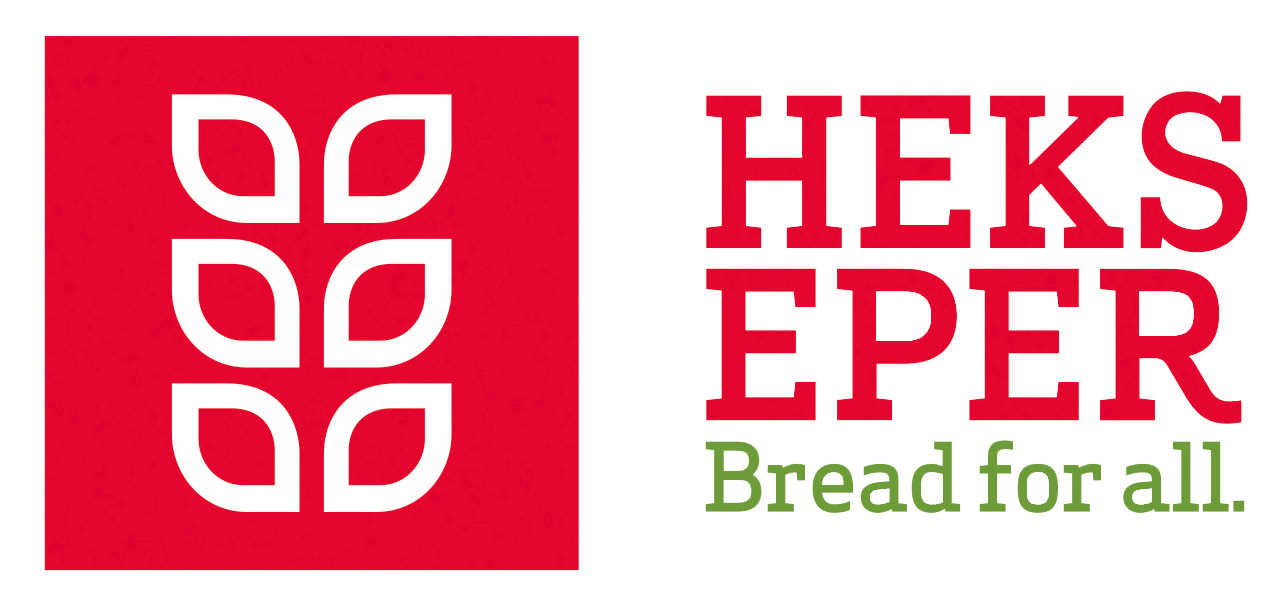Senegal
The climate in Senegal is characterized by the alternation of a dry season (November – May) and a rainy season (June – October) as well as generally high temperatures. Due to climate change temperatures are projected to rise, whereas trends in rainfall are hard to observe but tend to decrease throughout West Africa. Senegal’s water resources face a high vulnerability to salination and acidification. Agriculture is the most important economic sector and particularly vulnerable to rainfall scarcity leading to a decline in yields. Being a flat country, Senegal is vulnerable to sea level rise and coastal flooding, resulting in salinization and putting many inhabitants, as well as the tourism industry at risk. Sea water intrusion simultaneously lowers the soil quality, making pastoralism rely on most resistant species.
| Country | Year | Host organisation | Partners involved | Activity |
|---|---|---|---|---|
| Senegal | 2015 | Solidarité et action pour la promotion de l’arrondissement de Tattaguine (SAPPAT) | Fastenopfer (FO) | SAPPAT launches their own climate project, enabling over 80 participating agricultural organizations and services and political decision-makers a platform to exchange on agriculture and climate questions |
| Senegal | 2011 - 2015 | Regroupement Communautaire pour l’auto Développement de Fissel (RECODEF) | Fastenopfer (FO), Bread for all (Bfa) | Analysis on one of RECODEF’s projects, which focused on increasing food security in the rural community of Fissel; Being motivated through the analysis, RECODEF submitted a project at the climate fond, which supported 20 families at growing crops with agroecological methods. Subsequently more families were trained in agroecological methods, as the 20 first families were seen as role models. |
| Senegal | 2011 | Bread for all (Bfa) | Fastenopfer (FO) | Training workshop in Toubab Dialo with participants from different organisations from Senegal and Burkina Faso |

